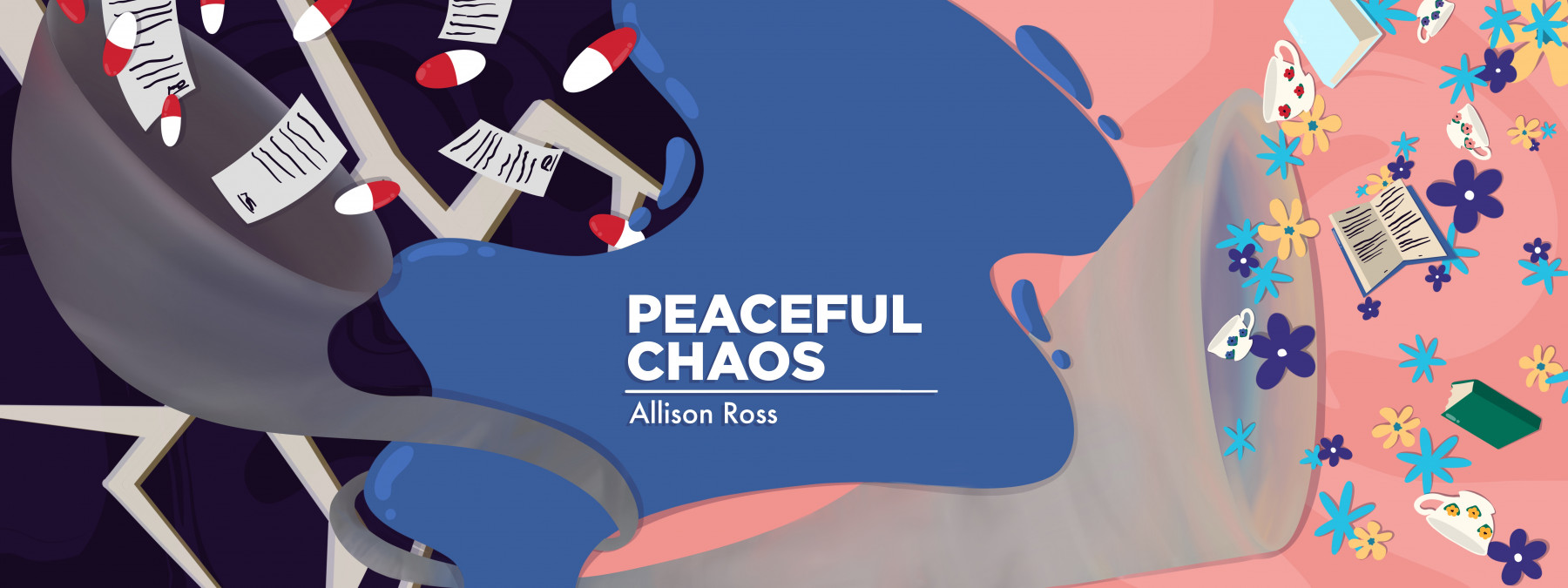You Can Still Take Road Trips, Even if You’re Immunocompromised

Summer promises good weather, high spirits, and easy travel. There’s nothing like an old-fashioned road trip to capture the excitement and freedom of exploration. Though there might be a thunderstorm here and there, it’s tempting to get on the road and stay there till fall.
For those of us with weakened immune systems, though, it’s not always so easy to just get up and go. Our energy is limited, and we have health restrictions to keep in mind when we travel. And though the safety of our own vehicle is less of a risk than a germ-ridden container like a plane, there are still reasons to be wary. Rest areas. Grocery stores and restaurants. Any time we wander away from home, new pathogens are introduced to our system, making travel more high-maintenance than our usual local routine.
But just because the health risks are higher doesn’t mean we can’t enjoy a road trip with family or friends. If we take proper precautions, we can enjoy our time on the road and have peace of mind that it won’t irritate our condition further. Following are some things I think about when traveling.
Hydration
No. 1 rule: Drink tons of fluids! Yes, it means stopping for a restroom more often, but it’s worth treating my body right. Plus, physical issues can arise if I don’t, ranging from mild irritation to the more serious threat of blood clots.
Snacking
I find that the drive to eat grows stronger when I’m in the car. Maybe it’s my heightened sense of excitement and adventure tricking my body into thinking it needs more calories. Or maybe it’s just boredom and my hands wanting to do something besides grip the steering wheel. Whatever the case, I consume more food behind the wheel than I would during a normal day at home — and that’s offset by the fact that I’m not moving much.
No matter how bad the cravings get, I never eat fast-food on a road trip. The sodium content is too high, and the nutritional payoff too low. If I really feel the need to indulge, a package of peanut M&Ms is my go-to splurge. They’re crunchy and mildly decadent, but with some protein to keep my hunger satisfied. Fruit, cheese, and healthy crackers are also road-trip favorites.
Movement
After sitting behind the wheel for so many hours in one day, I need to let my body relax. The tension from the driver’s seat posture can really compound on itself, especially in my neck and shoulders.
Everyone’s ratio is a little different, but I find that 90-minute blocks of driving are my sweet spot. If I make it that hour and a half, I make myself pull over and move my body. Brief exercises, a walk around a rest area, or gentle stretching all help my muscles and joints feel good and keep the blood circulating.
Companionship
For some people who aren’t totally comfortable with driving long distances, it helps to have a travel buddy. Someone to navigate and provide conversation takes away the monotony of endless stretches of highway. It’s also beneficial to break up the time behind the wheel, so you can ease up on your body by changing your sitting position with time in the passenger seat.
My road-trip companion is usually my German shepherd pup. He doesn’t nap more than a couple of hours in the back seat without insisting on a walk, so I usually build in time to stop and hike in nature areas. It’s good for both physical and mental health on long days of travel. After all, what’s a road trip for if not to explore new places?
Energy
You’d think that sitting in a car for hours at a time would be relaxing, right? Not necessarily. The mental energy it takes to navigate and focus on the road — especially if you encounter bad weather — is significant. For some people, this level of energy is hard to sustain all day, and your body may ask you to rest for a day or more afterward.
Plus, there’s more to pack beforehand, like medicines and other elements of disease maintenance. Before a trip, be sure you’re getting adequate rest and preparing for the challenges of driving, so you can use your physical and mental resources most efficiently before hitting the road.
In conclusion
Road trips are something that most of us can do, even when our disease profile isn’t optimal. As long as we know the risks and plan accordingly, we can enjoy an adventure and a boost to our spirits without worrying about the cost to our health.
Note: ANCA Vasculitis News is strictly a news and information website about the disease. It does not provide medical advice, diagnosis, or treatment. This content is not intended to be a substitute for professional medical advice, diagnosis, or treatment. Always seek the advice of your physician or other qualified health provider with any questions you may have regarding a medical condition. Never disregard professional medical advice or delay in seeking it because of something you have read on this website. The opinions expressed in this column are not those of ANCA Vasculitis News or its parent company, BioNews, and are intended to spark discussion about issues pertaining to ANCA vasculitis.







Comments